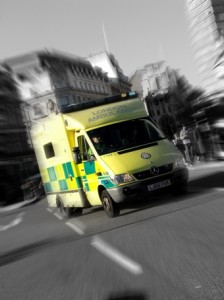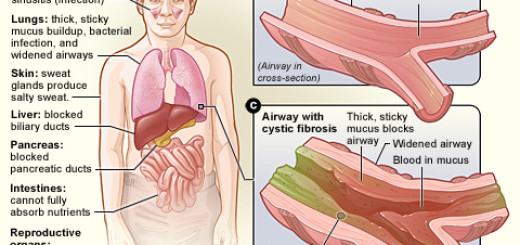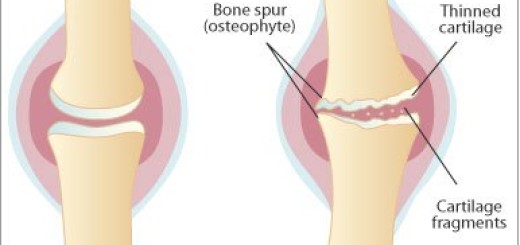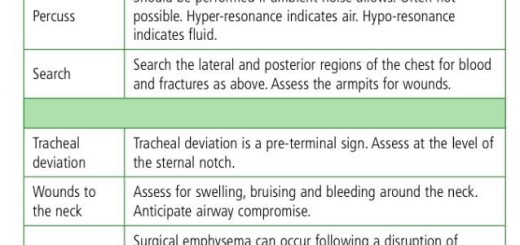Principles of First Aid
What is first aid?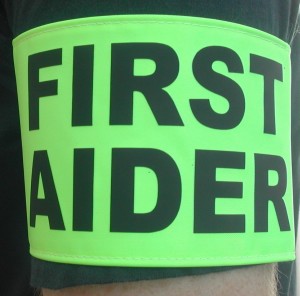
First aid is the initial assistance or care of a suddenly sick or injured person. It is the care administered by a person as soon as possible after an accident or illness. It is this prompt care and attention prior to the arrival of the ambulance that sometimes means the difference between life and death, or between a full or partial recovery.
The main aims of first aid are:
- To preserve life
- To protect the casualty from further harm
- To promote recovery
These aims are known as the three P’s of first aid. Learn more by signing up to one of our FREE first aid courses
First aid has limitations, as not everybody is a doctor, but first aid saves lives….you can ask any person who works in the emergency medical field.
Immediate action
As in most endeavours, the principle to be adopted in first aid is immediate action. Bystanders or relatives not knowing what to do, or being too timid to try, may have unwittingly contributed to unnecessary deaths and chronic injuries. If a person is sick or injured, then they need help, and they need it immediately.
Quick action is necessary to preserve life and limb. A casualty who is not breathing effectively, or is bleeding heavily, requires immediate assistance. If quick effective first aid is provided, then the casualty has a much better chance of a good recovery.
It is important that quick action does not lead to panic, and the first aider should form a plan of action. Careful and deliberate action undertaken without too much delay is most beneficial to the casualty. Try to remain calm and think your actions through. A calm and controlled first aider will give everyone confidence that the event is being handled efficiently and effectively.
Each emergency is different so it is impossible to provide you with a precise list of things you need to do for every emergency. However, if you follow the ‘principles of first aid’ as outlined in this post you should deliver appropriate care, even if you are not sure of what the underlying problem is.
Calling for medical assistance

To get expert medical assistance, call an ambulance on 999 (UK) or 911 (US) as early as possible. Dialling 999 will connect a caller to emergency assistance – Police, Fire, Ambulance, rescue services, coastguard. 999/911 can be dialled free from any phone, fixed or mobile. You can also use 112 anywhere in the European Community to contact emergency services.
In the workplace there may be an internal number to call in an emergency which should be clearly displayed on or around the telephone.
In many countries, motorways have emergency phones that can be found every so often on the hard shoulder or in emergency refuge areas. These are linked to motorway control centres, allowing them to pinpoint your position and get help to you quickly.
If you are attending to a casualty, get a bystander to telephone for help. If you are on your own you may have to leave the casualty momentarily to make a call. The specific circumstance surrounding the incident will dictate whether you call for help, or whether you send a bystander.
You should instruct the bystander to give some basic information to the operator, and get them to repeat it back to ensure that the correct information is understood. You should also request the bystander return once they have called for help, as this will confirm that the call has been made, and will give you additional assistance should you need to update the emergency services if the condition of the casualty worsens.
There are 3 important things to remember when calling for help:
- State which emergency service you want, eg. Ambulance, Coastguard, Rescue, Fire, or Police.
- Stay on the line until connected with the emergency service operator as they will need to talk to you before sending assistance.
- Give as much information as you can about the emergency, including:
- exact address or location
- any landmarks
- distance from town or landmark
- caller’s name
- phone number from where the call is being made
- what happened – eg. car accident
- number and condition of the casualties
You would also tell the operator your name and the phone number from which you are calling. You could also send someone outside to meet the ambulance. Find out more in our first aid blog on how to call an ambulance
Medical alert devices
Some individuals suffer from certain medical conditions that may cause them to present with serious signs and symptoms at any time. As a form of assistance and notification, these people may wear a form of medical identification, usually a special bracelet, necklace, or carry a wallet card. These warning devices are referred to as medical alert devices and are commonly known as ‘Medic-alert’ and ‘SOS Talisman’.
They are imprinted with the person’s identity, the relevant medical condition, and other details which may include allergies, drugs required, or specialised medical contact. Medical conditions that may be notified vary from specific heart diseases, to diabetes, epilepsy, asthma, and serious allergies.
Reassurance and mental health
The psychological value of reassurance is as important as the treatment that you give. Comfort and reassure the casualty, as in some cases all the casualty needs is emotional support and reassurance. A calm approach by the first aider, and keeping the casualty informed of what is happening will also assist in the reassurance process.
Remember that many people who have assisted you in delivering care to an injured or ill casualty may need reassurance themselves. Relatives of the casualty may be concerned that they let the casualty down or that they made a mistake in not getting help earlier; workmates may feel that they contributed little to helping the casualty; onlookers may feel guilty that they provided only a little practical assistance. Take some time out at the end of the incident to tell people how important their contribution was. Let them know that effectively caring for a casualty is a team effort and that every little job counts. This is especially true if the outcome of the emergency was unsucessful.
Your response to an emergency
An emergency of any size can cause unusual stress in people who have been directly and indirectly affected by it. Every person will react differently and a range of responses to an emergency is normal, and to be expected. Emotional responses to disasters can appear immediately or sometimes months later. Understanding what you’re feeling and taking positive steps can help you cope with this disaster. Some common responses to emergencies and disasters are:
- Crying for “no apparent reason”
- Difficulty making decisions and sleeping
- Disbelief, shock, irritability and anger
- Disorientation, apathy and emotional numbing
- Excessive drinking or drug use
- Fear and anxiety about the future
- Feeling powerless, sad and depressed
- Flashbacks
- Headaches and stomach problems
If you have strong feelings that won’t go away or if you are troubled for longer than four to six weeks, you may want to seek professional help.
Debriefing
After an incident it is important to put some time aside for yourself. Very often first aiders become concerned that they did not do a good enough job, and that they were not effective in their role. When you think about how you handled the incident, the first thing you should keep in mind is that by stepping forward and doing first aid you have done more for the casualty that anyone else could ever do. As the great humanitarian Albert Schweitzer said, “The purpose of life is to serve and show compassion and the will to help others.”
In dealing with this, go and get a cup of tea and talk to a family member, friend or colleague. When you go over how you handled the incident, be realistic about your expectations.
Time must also be allocated to the clean up of the scene and equipment, and to restock your first aid kit. You should:
- take a breath
- take a break
- talk about the incident with peers
- try to relax as much as possible
- clean up the scene
- clean any equipment used
- restock your first aid kit
- replace all items used
- look for any soiled unopned items that will need to be replaced
- complete any documentation

